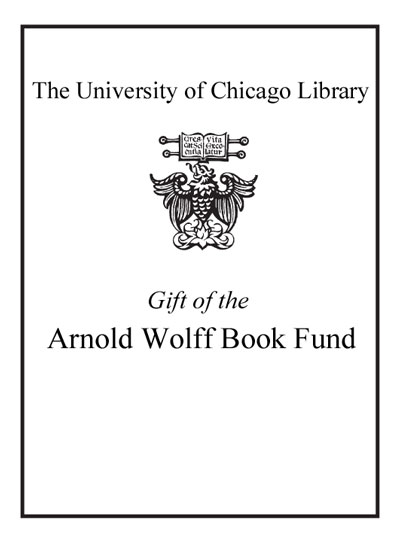Sustainability and endogenous growth /
Saved in:
| Author / Creator: | Pittel, Karen, 1969- |
|---|---|
| Imprint: | Cheltenham, UK ; Northampton, MA : Edward Elgar Pub., c2002. |
| Description: | xi, 211 p. : ill. ; 24 cm. |
| Language: | English |
| Series: | New horizons in environmental economics |
| Subject: | |
| Format: | Print Book |
| URL for this record: | http://pi.lib.uchicago.edu/1001/cat/bib/4864989 |
Table of Contents:
- List of Figures
- List of Tables
- Preface
- Introduction
- Part I. A Survey of the Field
- 1. Sustainable Development and Growth
- 1.1. Introduction
- 1.2. Sustainable Economic Development
- 1.2.1. Concepts of Sustainable Development
- 1.2.2. Welfare and Sustainable Development
- 1.3. Sustainable Economic Growth
- 1.3.1. Quantitative versus Qualitative Growth
- 1.3.2. Limits to Growth
- 1.4. Sustainable Growth in Endogenous Growth Models
- 1.5. Conclusions
- 2. Modeling Sustainable Development and Endogenous Growth
- 2.1. Introduction
- 2.2. Interactions between the Environment and the Economic Sphere
- 2.2.1. Interactions between the Production Sector(s) and the Environment
- 2.2.2. Interactions between the Household Sector and the Environment
- 2.3. Stock and Flow Representations of the Environment
- 2.3.1. Resource and Pollution Stocks
- 2.3.2. Resource and Pollution Flows
- 2.4. Feasibility of Sustainable Growth
- 2.4.1. Input Substitution
- 2.4.2. Abatement
- 2.5. Optimality of Sustainable Growth
- 2.6. Decentralized Growth and Governmental Intervention
- 2.6.1. Decentralized and Optimal Development Paths
- 2.6.2. Internalization of Environmental Externalities
- 2.7. Conclusions
- 3. Models of Endogenous Sustainable Growth
- 3.1. Introduction
- 3.2. The Environment in Different Types of Endogenous Growth Models
- 3.2.1. One-Sector Models
- 3.2.2. Multi-Sector Models
- 3.3. Selected Environmental Problems
- 3.3.1. Recycling
- 3.3.2. Time Preference
- 3.3.3. Trade, Capital Flows and Transnational Spillovers
- 3.3.4. Uncertainty
- 3.3.5. Population Growth
- 3.3.6. Endogenous Labor Supply and Unemployment
- 3.3.7. Balanced Growth and Transitional Dynamics
- 3.4. Conclusions
- Part II. Aspects of Growth and Sustainability
- 4. Sustainable Growth and Recycling
- 4.1. Introduction
- 4.2. The Model
- 4.3. Balanced and Sustainable Growth
- 4.4. Market Solution
- 4.5. Environmental Policy
- 4.6. Complete Recycling
- 4.7. Conclusions
- 5. Sustainable Growth and Endogenous Time Preference
- 5.1. Introduction
- 5.2. The Model
- 5.3. Balanced Growth
- 5.4. An Example
- 5.5. Exogenous versus Endogenous Discount Rates
- 5.6. Market Solution and Optimal Policy
- 5.7. Conclusions
- 5.8. Appendix
- 5.8.1. Marginal Utilities (Volterra Derivatives)
- 5.8.2. Convergence of the Objective Functional
- 5.8.3. Equilibrium [psi subscript e]
- 6. Pollution, Economic Integration and Endogenous Growth
- 6.1. Introduction
- 6.2. Economic Integration in a Learning by Doing Model
- 6.2.1. The Model
- 6.2.2. Market Equilibrium and Transitional Dynamics
- 6.2.3. Environmental Policy
- 6.2.4. Economic Integration
- 6.3. Economic Integration in Research-Driven Growth Models
- 6.3.1. The Model
- 6.3.2. Social Planner Solution
- 6.3.3. The Decentralized Economy
- 6.4. Conclusions
- 6.5. Appendix
- 6.5.1. Social Planner Solution (KDS)
- 6.5.2. Social Planner Solution (LES)
- 6.5.3. Decentralized Growth Equilibrium (KDS)
- 6.5.4. Decentralized Growth Equilibrium (LES)
- Summary and Outlook
- References
- Index

